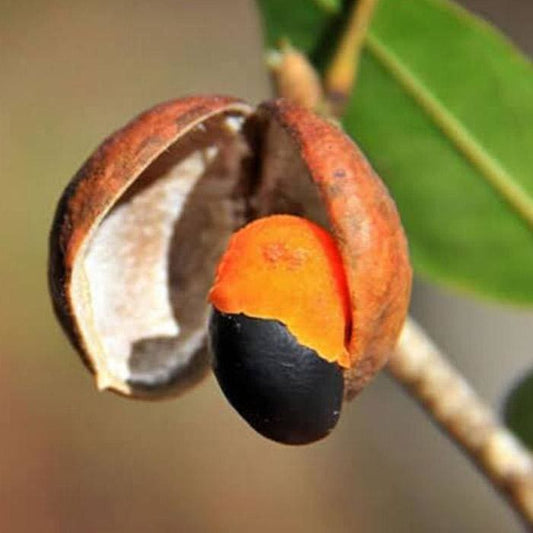Huni Kuin (Kaxinawá) Tribe FAQ
Who are the Huni Kuin (Kaxinawá) and where do they live?
The Huni Kuin, also known as the Kaxinawá, are an indigenous people living in the Brazilian states of Acre and Amazonas, as well as in Peru. They inhabit several indigenous territories, including the Kaxinawá Indigenous Land on the Jordão River, the Kaxinawá of the Humaitá, and the Kaxinawá of the Rio Breu, among others.
What is the population of the Huni Kuin tribe?
The Huni Kuin (Kaxinawá) population is approximately 12,000 individuals.
What language do the Huni Kuin speak and what is its current status?
The Huni Kuin speak a language that belongs to the Panoan linguistic family. The language is actively spoken and maintained, with efforts to ensure its continued vitality through education and cultural practices.
What are some of the Huni Kuin’s traditional practices?
The Huni Kuin maintain various traditional practices, including the use of sacred plants in ceremonies, body painting, feather art, and the making of traditional medicine. They have a strong connection to the use of ayahuasca (nixi pae) and rapé (rumã), which are central to their spiritual practices. Their craftsmanship includes the creation of intricate beadwork, bracelets, and headdresses made from natural materials found in the Amazon rainforest. Additionally, the Huni Kuin host an annual festival called the Encontro de Cultura Huni Kuin, held in the Boa Vista Village in the state of Acre, Brazil. This festival provides an opportunity for people to experience Huni Kuin culture firsthand through music, dance, traditional rituals, and community gatherings.
How have historical interactions affected the Huni Kuin?
Like many Amazonian tribes, the Huni Kuin faced significant hardships during the rubber boom in the early 20th century, including forced labor and exposure to diseases, which led to a decline in their population and disruption of their traditional way of life. Continued interaction with non-indigenous society has brought challenges, but the Huni Kuin have worked towards cultural and territorial reassertion and strengthening their traditional practices.
What environmental knowledge and contributions do the Huni Kuin have?
The Huni Kuin possess extensive knowledge of the Amazon rainforest, including medicinal plants and sustainable agricultural practices. Their traditional knowledge and environmental stewardship contribute significantly to the preservation of the Amazon's biodiversity.
How can one learn more about the Huni Kuin tribe?
Detailed information on the Huni Kuin tribe can be found on the Instituto Socioambiental (ISA) website: here.



